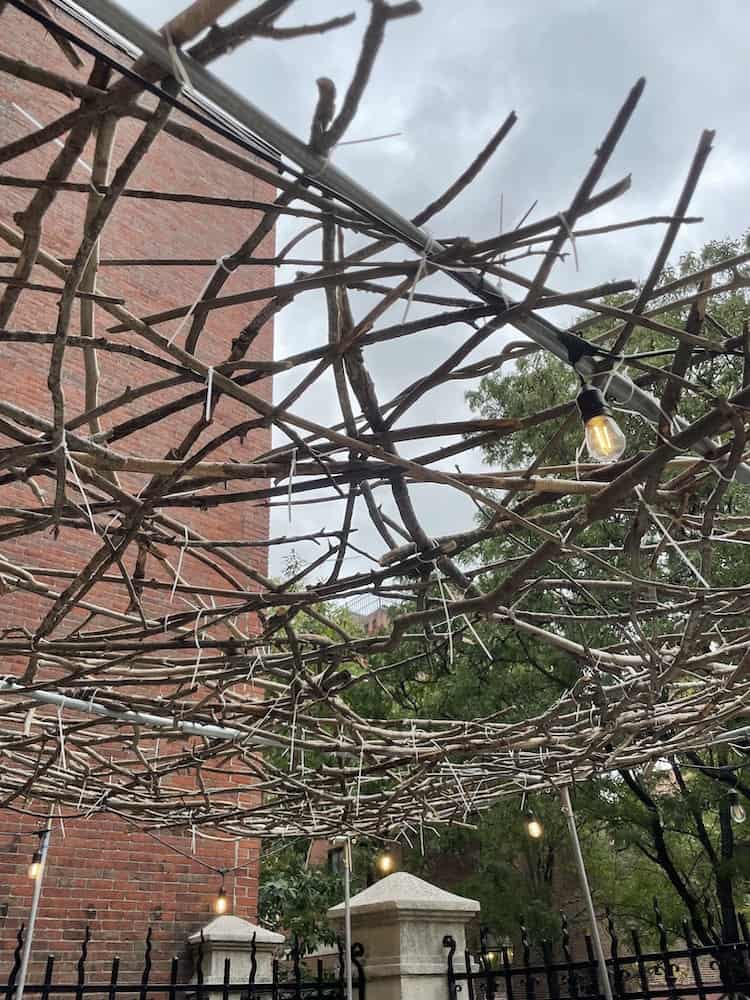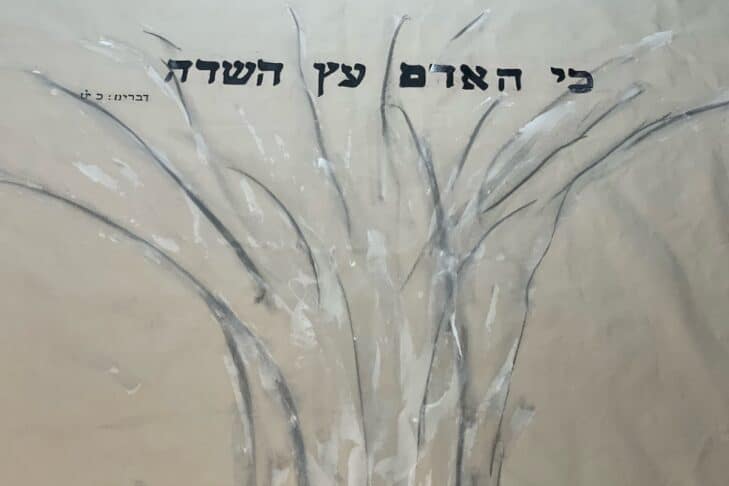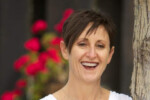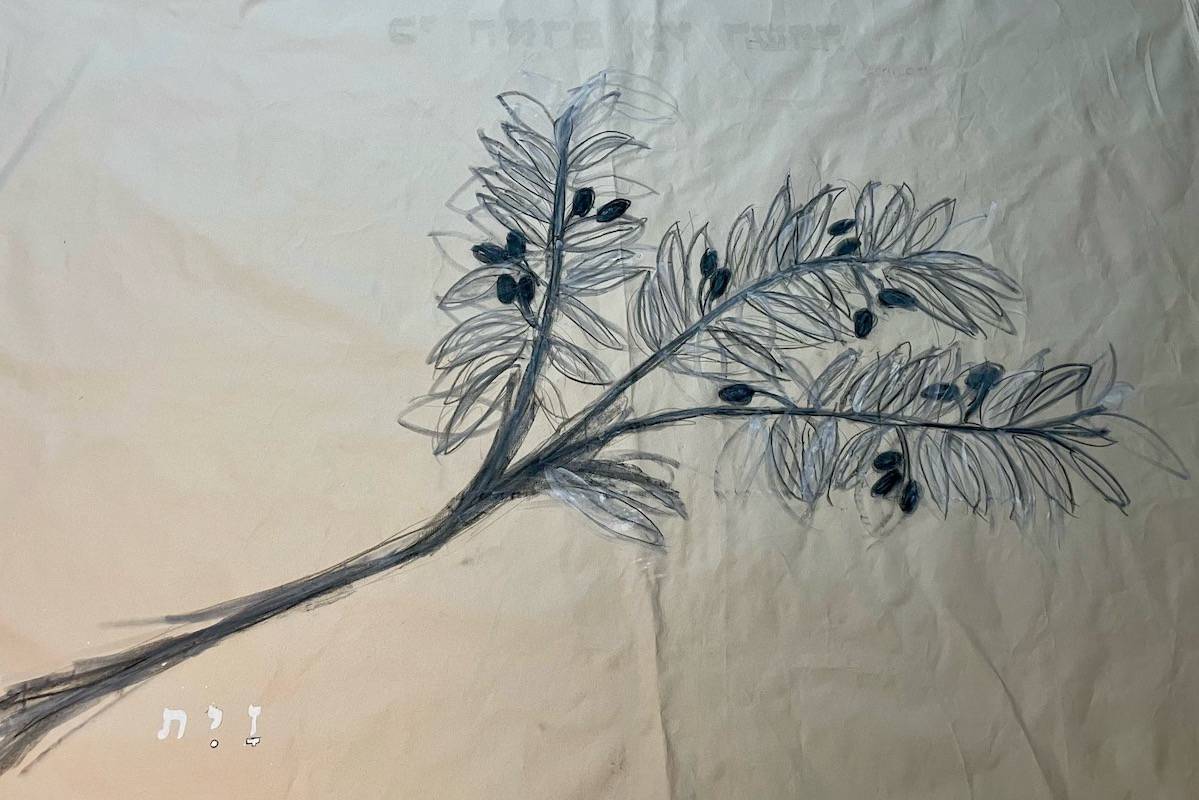It’s a fanciful image: a sukkah reaching for the stars atop a New York City skyscraper. But that is what happened in 1972 when philanthropist Jack Weiler placed a sukkah atop the W.R. Grace Building’s 50 stories in midtown Manhattan. He boldly called that installation “Sukkah in the Sky.” In a 1986 American Jewish Historical Society interview, Weiler described his sukkah as a shaar hashamayim—a gateway to the heavens.
Fifty years later, his granddaughter Barbara Litwin, who lives in Boston, recalls attending the first Sukkah in the Sky celebration as a ten-year-old. “It felt magical,” Litwin told JewishBoston. “It evoked real trees and branches and had wonderful light streaming in it. It was just beautiful.”
Weiler loved the Sukkot holiday for its boundless joy. In conceiving Sukkah in the Sky, he provided what Litwin describes as “the perfect storm of philanthropy creating community not only for the Jewish people, but for everyone. It went beyond a fundraiser and became an ecumenical event. Businesspeople, clergy of all stripes, politicians [including several prime ministers from Israel] and a wider diverse community of New Yorkers came together.”
As the 50th anniversary of Sukkah in the Sky was approaching, Litwin thought a celebration of her grandfather’s remarkable project was in order. She identified the Vilna Shul as the location and its executive director Dalit Horn as the ideal partner to create programming for the anniversary. Horn was inspired to run with the idea and realized the Vilna’s vision “to celebrate Jewish culture, heritage and values through arts and entertainment, holiday celebrations and adult learning in a radically welcoming and inclusive space” resonated with the goals of the original Sukkah in the Sky.

She told JewishBoston that celebrating Sukkah in the Sky’s anniversary “allows us to take seriously the question of how the Vilna—Boston’s center for Jewish culture—can make the Jewish calendar relevant and compelling to people whose joy and connection to their identity and community is more aptly expressed through exhibits, workshops, talks or concerts which draw upon Jewish art, music, history, literature and food.
Horn notes Litwin’s enthusiasm about partnering with the Vilna “turbocharged how it thinks about holiday celebrations through a cultural lens. For example, in New York City, she saw how it made people curious and excited in an entirely different way. And even though this experience is through Sukkot alone, there is so much potential for our community to think about how we make holiday celebrations meaningful, compelling and joyful for the many people in Greater Boston who gravitate toward cultural outlets for Jewish expression and community building.”
Horn’s vision of “turbocharging” the Vilna’s intention of celebrating Jewish holidays through a cultural lens will be set in motion during the upcoming Sukkot holiday. In addition to hosting an exhibition about Sukkah in the Sky, Caron Tabb, a prolific Boston-based mixed media artist, has built a customized sukkah for the Vilna.
“The sukkah is one of the greatest pieces of popup public art in Jewish tradition,” said Horn. “We build and experience life in these tents for eight days and then we take them down until the next year.”
Horn’s apt description of the sukkah as a popup brings up the symbolism of the sukkah as a temporary dwelling and the fragility of life. Tabb described Vilna’s sukkah to JewishBoston as “an impermanent structure, which provides us an opportunity to think of who we are as a community.”








